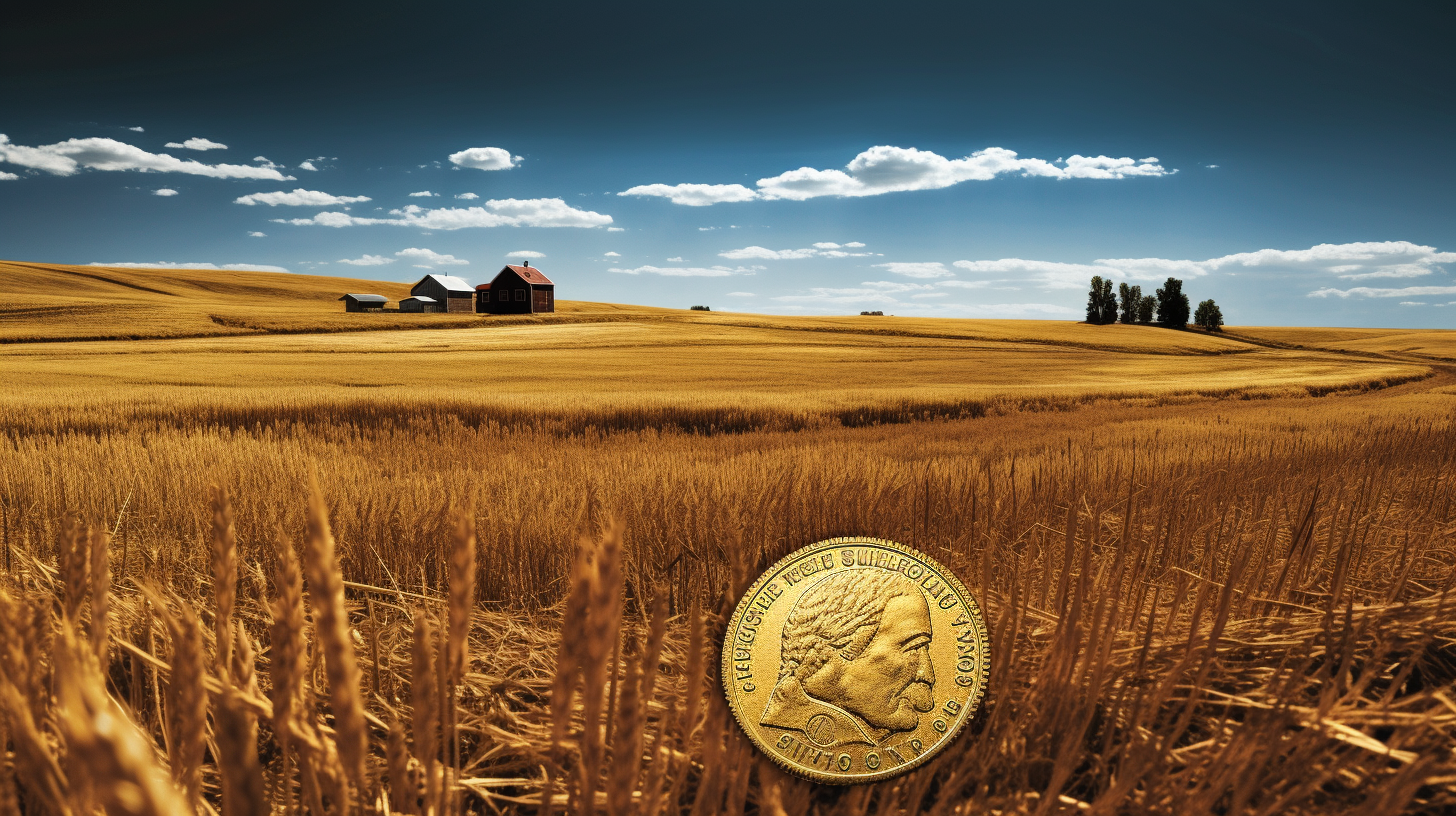In the vast swathes of rolling fields and pastures that make up the rural heartlands, a quiet revolution is building momentum. This isn’t the mechanical roar of industrial machinery heralding another industrial age, but rather the gentle hum of a decentralized, digital renaissance, where cryptocurrencies are the conduits of growth and progress. The Reviving the Heartland movement isn’t just a hypothesis anymore – it’s reality unfolding across the countryside, and it’s exhilarating to be a part of it.
For decades, the rural economy has labored under the weight of systemic challenges: limited access to capital, dwindling populations, and infrastructure constraints, to name a few. Yet today, with the advent of cryptocurrencies, these regions find themselves at the cusp of an unprecedented metamorphosis. But how, you might ask, can digital currencies possibly play a role in agricultural abundance and rural viability?
The evidence is compelling. Cryptocurrencies offer innovative financial tools that democratize access to funding. For instance, Initial Farm Offerings (IFOs), a concept we touched upon in a previous article, have grown in sophistication. Instead of relying on traditional bank loans with their exorbitant interest rates, farmers now leverage their future produce as collateral to raise capital through token offerings. These tokens can be bought and sold on cryptocurrency exchanges, providing liquidity and an investment vehicle for cryptocurrency enthusiasts who also value the roots of good, sustainable farming.
An enthralling advancement is the rise of smart contracts in everyday farm management. As seen in the ‘Reshaping Rural Landscapes’ article, these self-executing contracts with the terms of the agreement directly written into lines of code are not just theoretical. They are now crucial in enabling transactions that are transparent, traceable, and tamper-proof. From seed procurement to crop insurance protocols, smart contracts simplify processes and instill confidence in both producers and consumers.
Moreover, the blockchain technology underpinning cryptocurrencies ensures that supply chains are more transparent. It’s a seamless connection from farm to fork, where consumers can verify the origins and journey of their food, often with just a simple scan of a QR code. This traceability feature appeases the appetites of an increasingly conscious public who demand not only quality but also ethical and sustainable practices from their food sources.
It’s not just the economics of agriculture that are shifting; social dynamics are evolving too. Villages that once feared becoming ghost towns are now burgeoning crypto-hubs. Here, every transaction, whether it’s a local artisan selling handcrafted goods or a café accepting Bitcoin for a cup of coffee, strengthens the community’s autonomy and resilience. In these crypto-cities, digital wallets have long since replaced bank accounts, and the very notion of ‘rural’ is being redefined.
Addressing the complexities of technological adoption in less populated areas, rural development planners are rolling out robust educational programs designed to empower all generations with crypto literacy. There’s a symbiotic relationship between the community and technology; as one flourishes, so does the other. By ensuring no one is left behind in this digital crusade, the heartlands are setting the stage for a more inclusive economic future.
Of course, with innovation comes challenges. Market volatility remains a concern, posing risks to the stability craved by rural economies. Additionally, the digital divide that separates the tech-savvy from the uninitiated can exacerbate inequalities if left unchecked. However, as we have observed, targeted interventions and education are narrowing this gap, fortifying the rural populace against the capricious winds of the crypto-market.
Finally, we’d be remiss not to mention the groundbreaking development of green cryptocurrencies. These digital assets are designed to reward sustainable farming practices and carbon footprint reduction. It’s a compelling narrative: redeeming nature and economy with the same digital coin, echoing themes from ‘The Green Rush’ article in its championing of eco-friendly practices.
As we stand at the precipice of a new year, the heartlands bask in the afterglow of progress. Cryptocurrencies haven’t just provided the tools for revival; they’ve breathed new life into the very soil. A rural renaissance, fueled by bits and bytes, is redefining development, and the world is taking note. The future is ripe for the picking, and it’s a crypto-future that promises to be abundant, sustainable, and inclusive.
